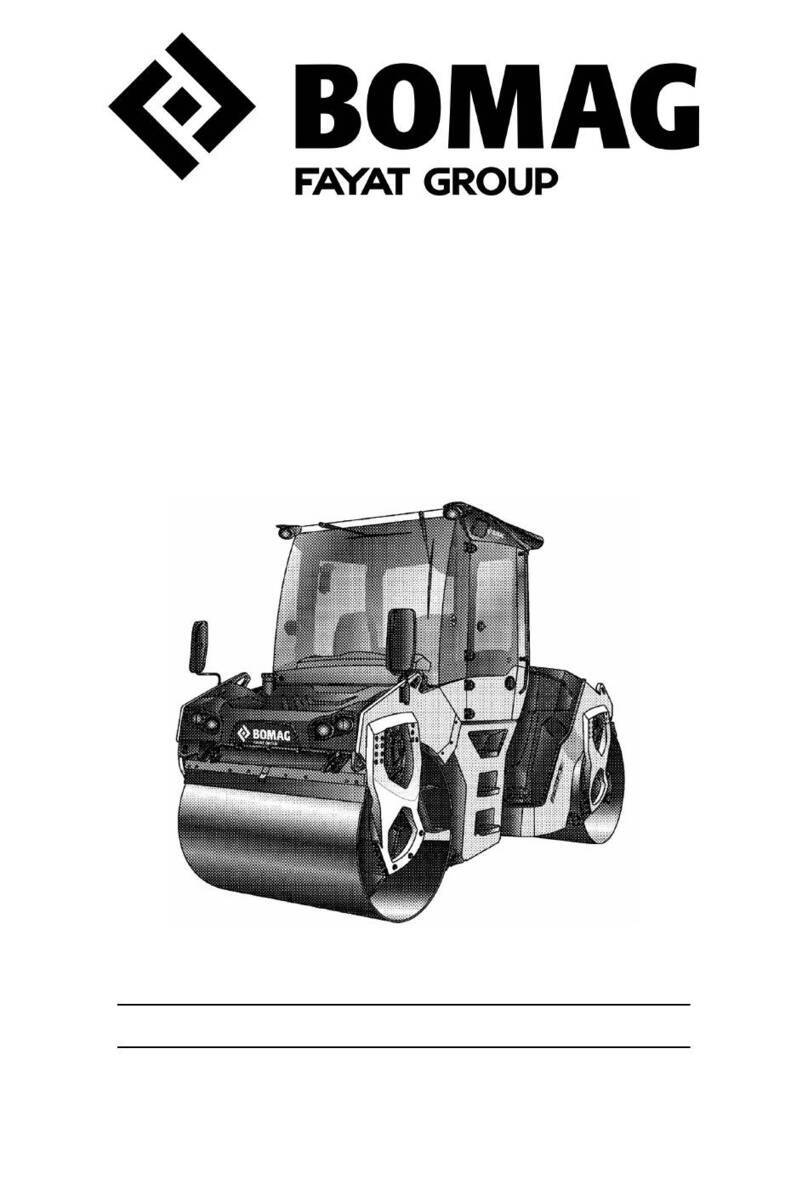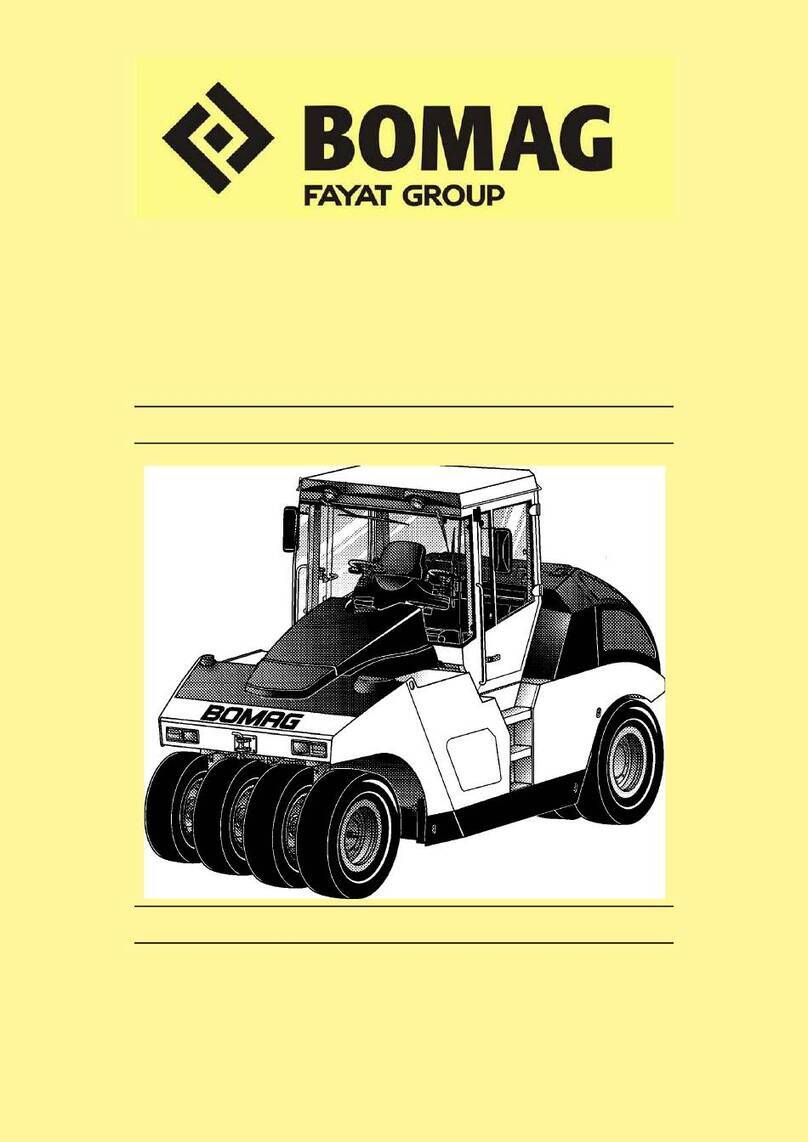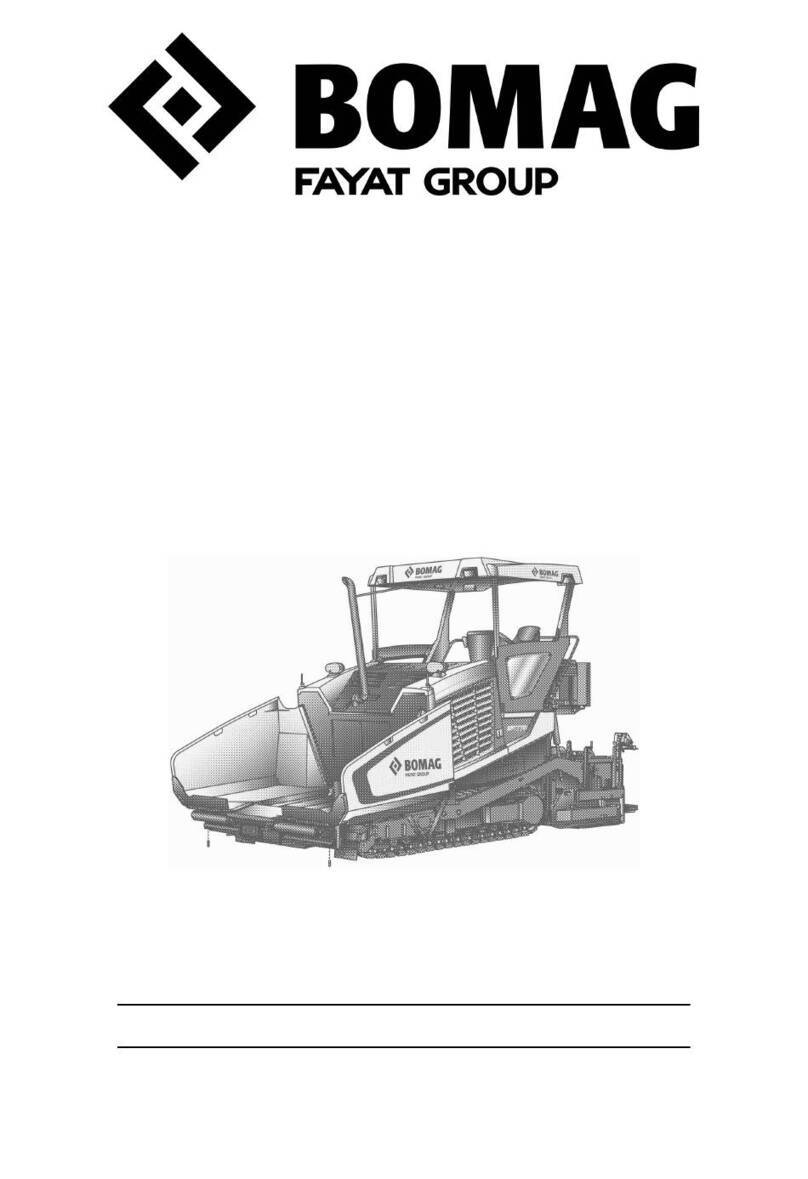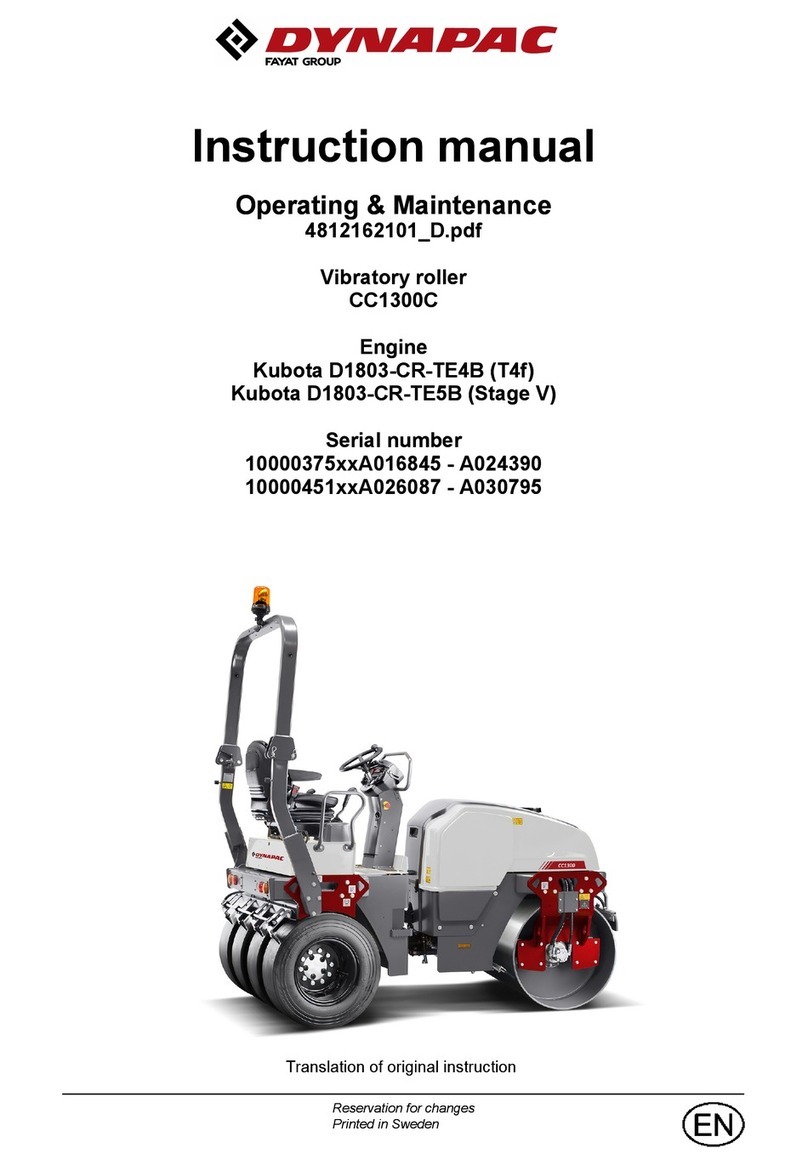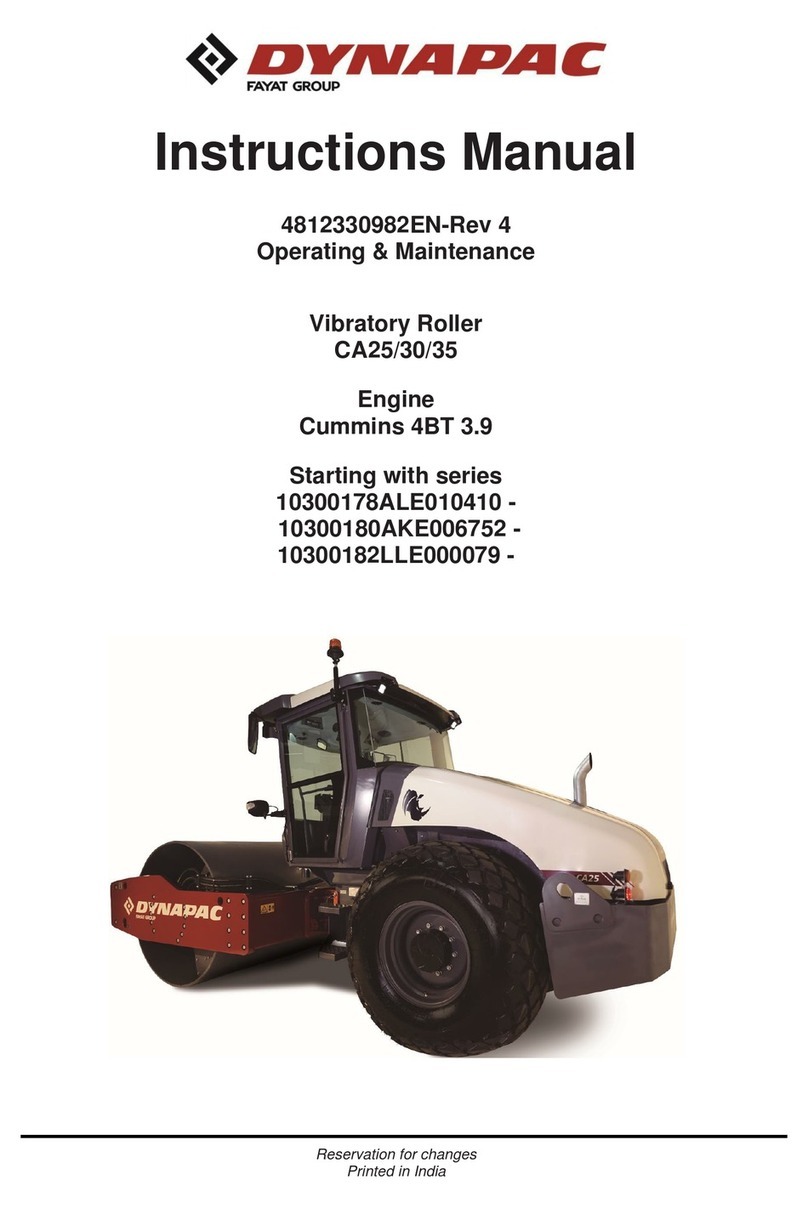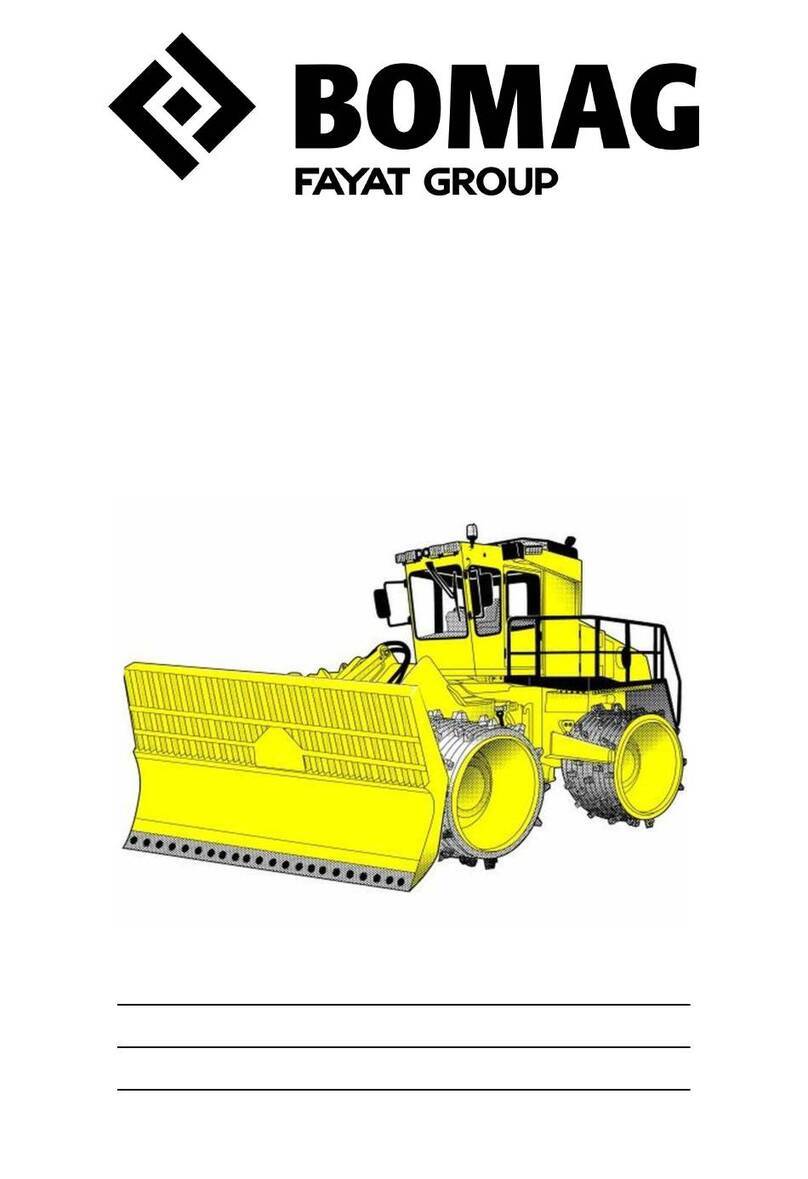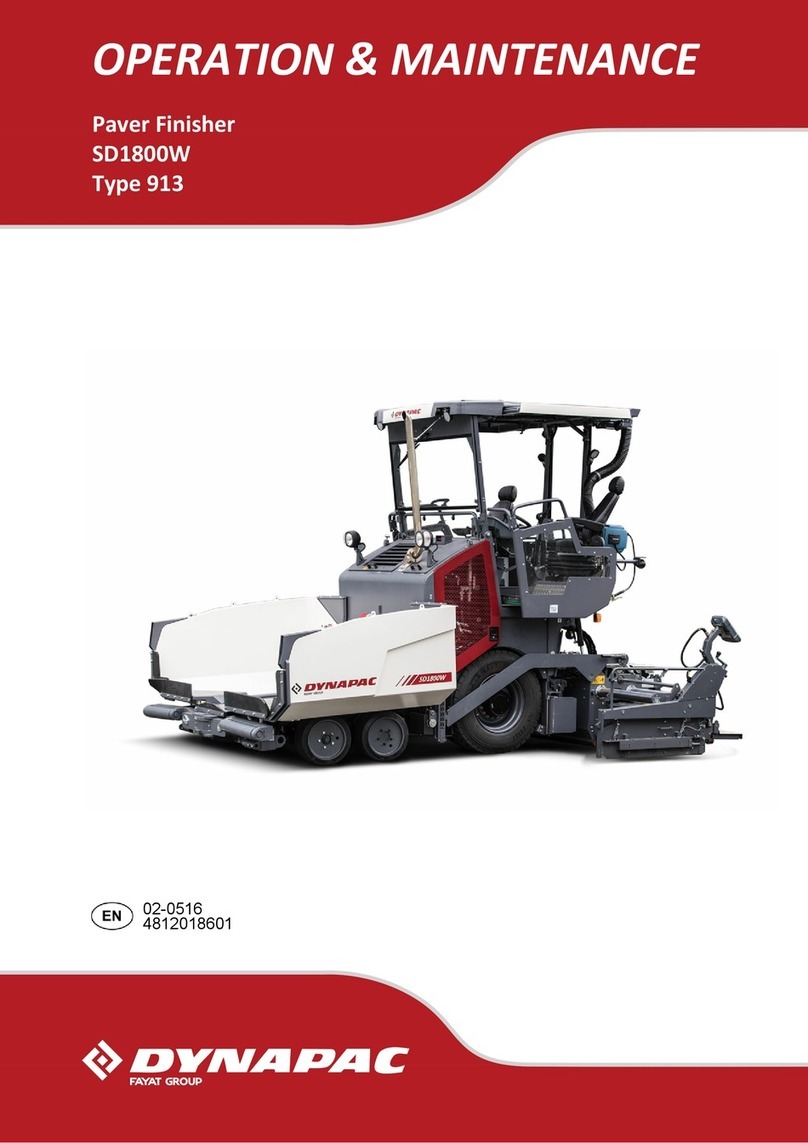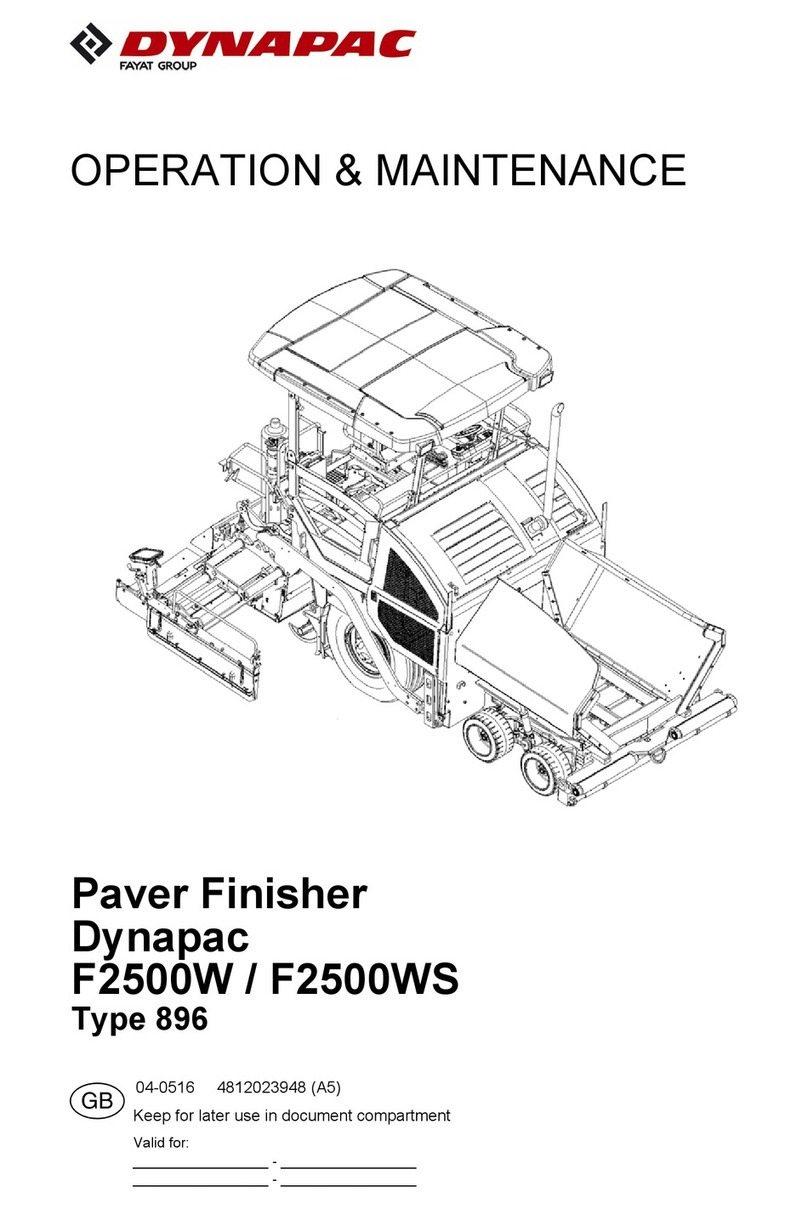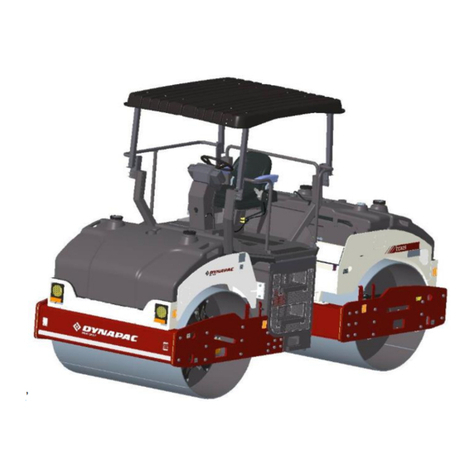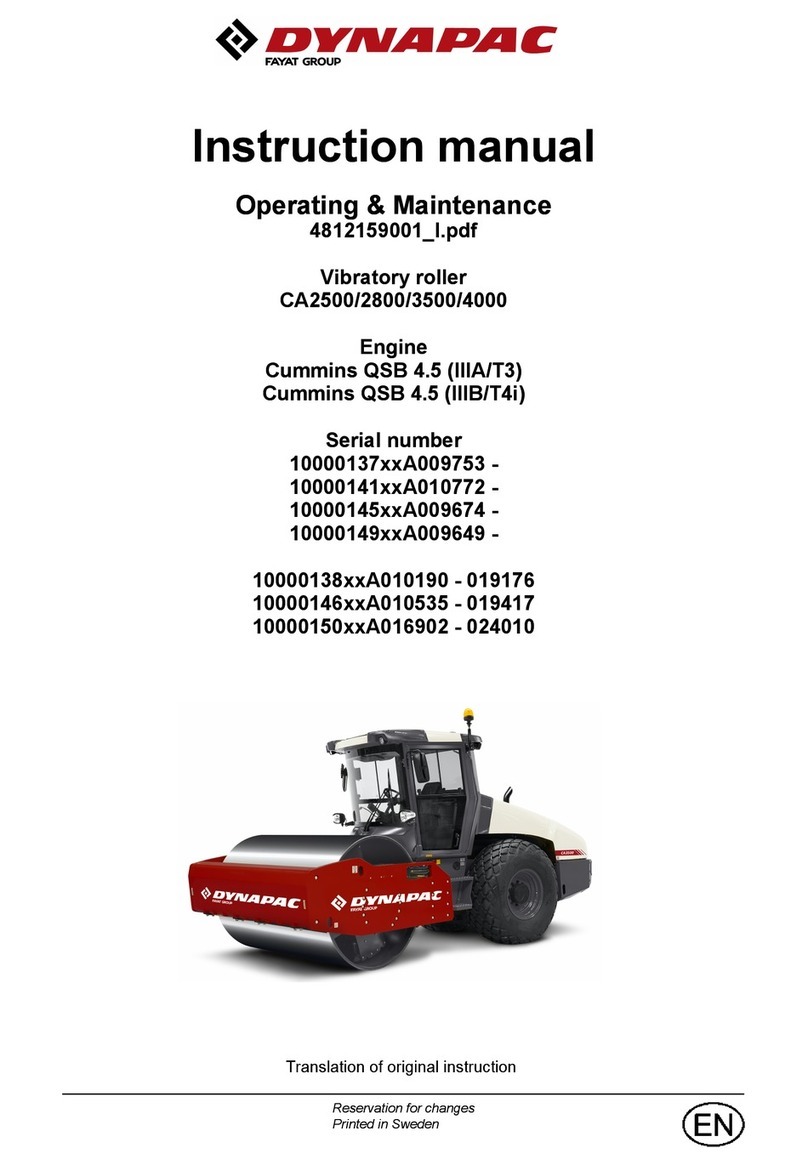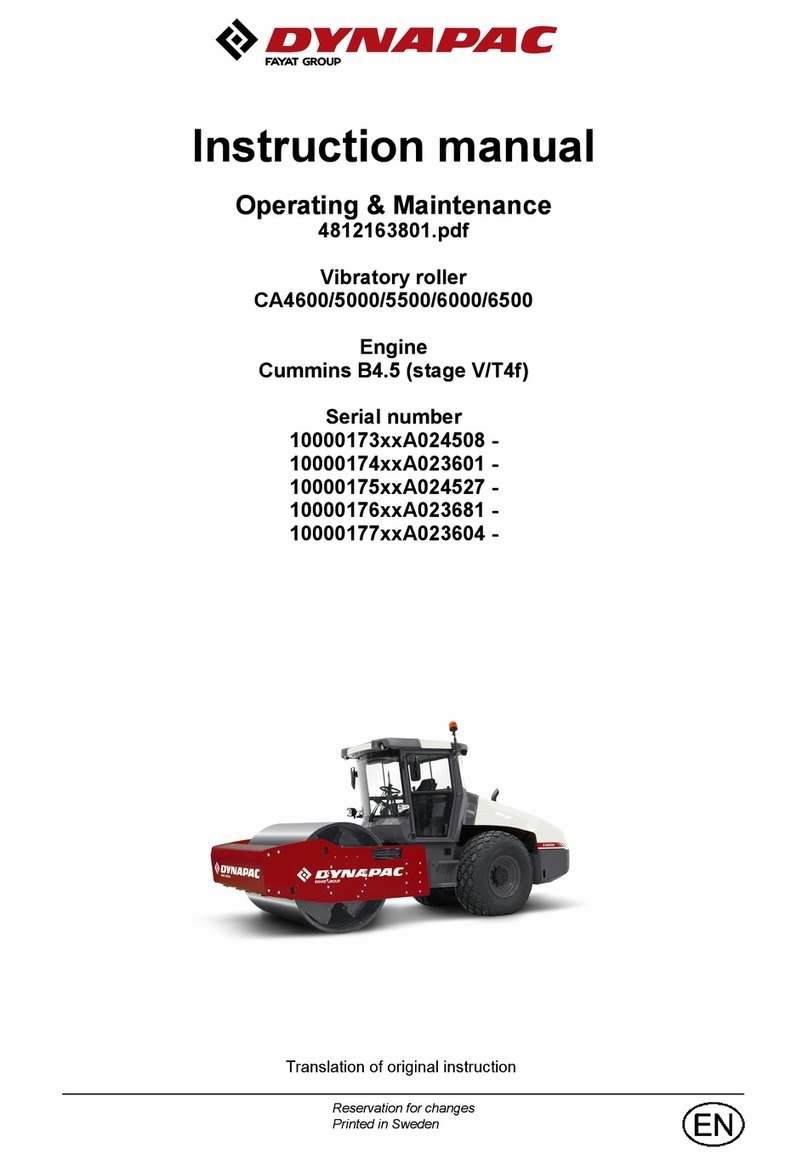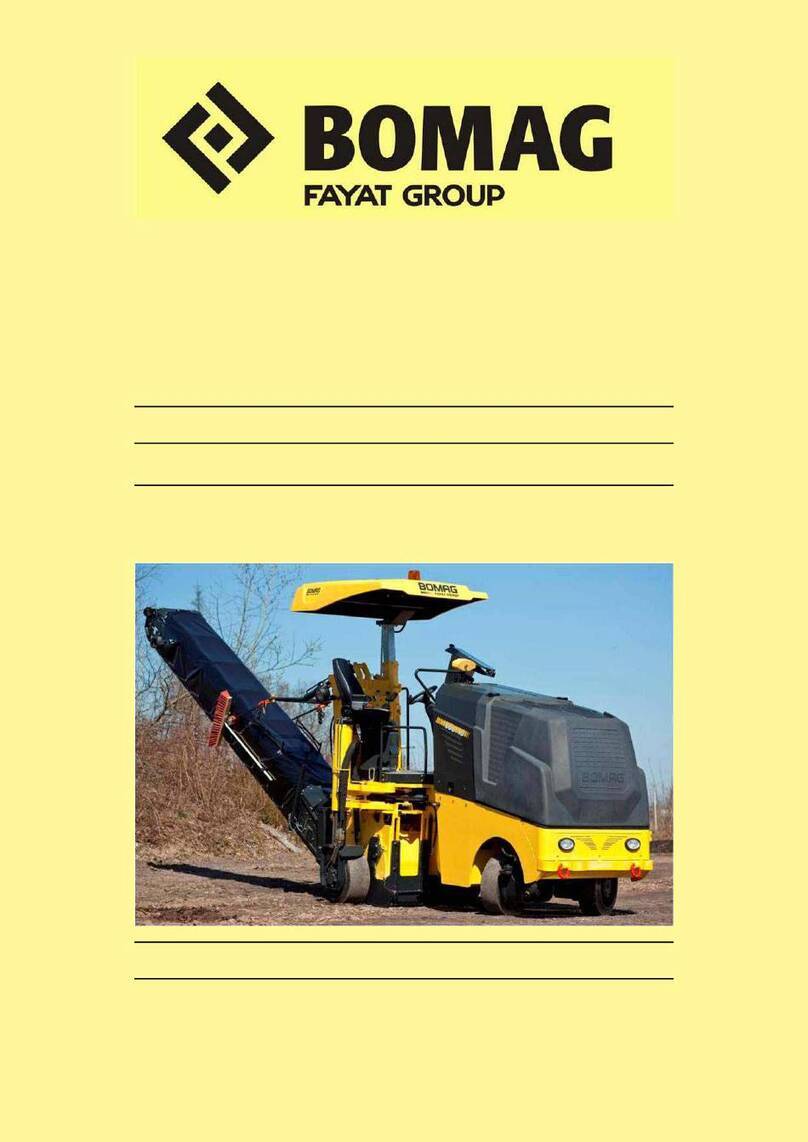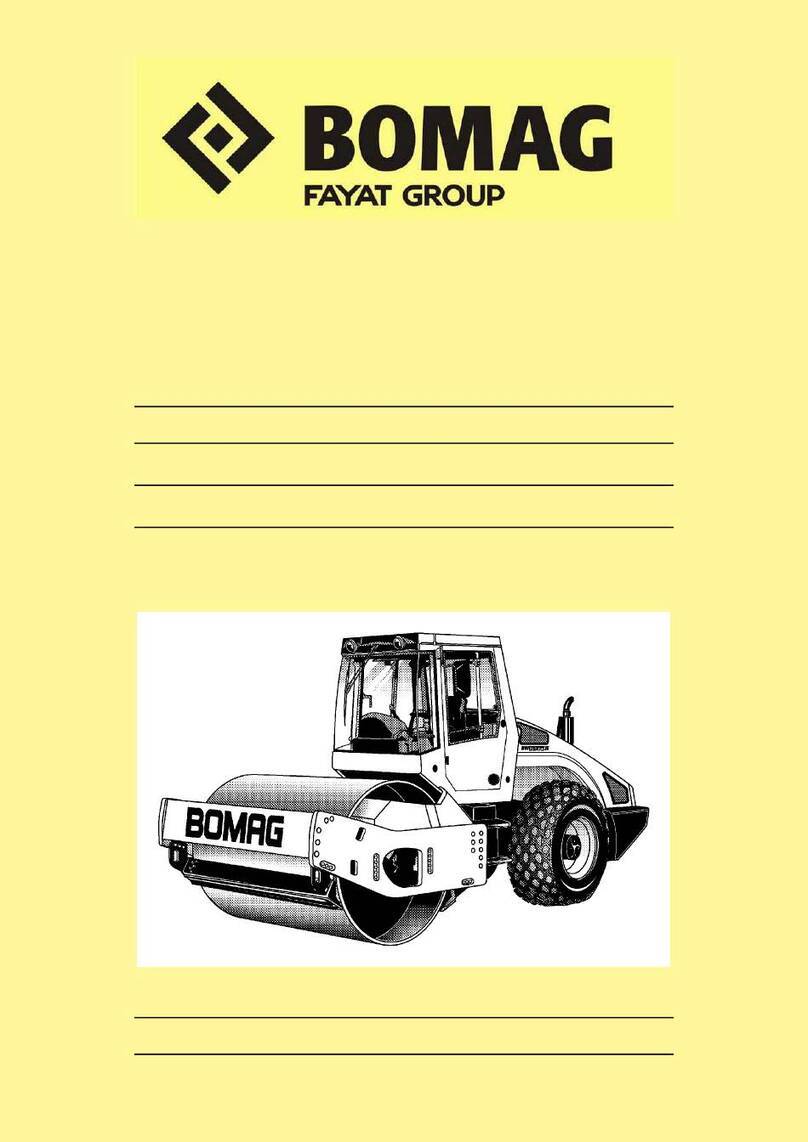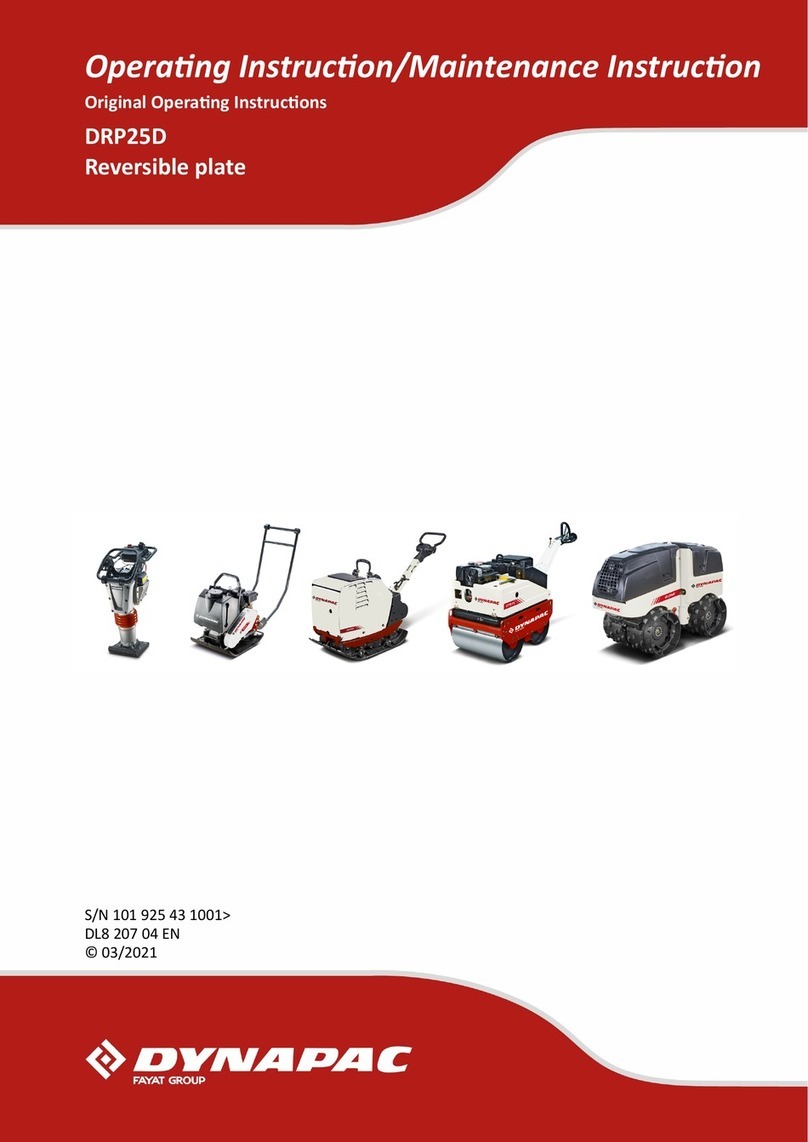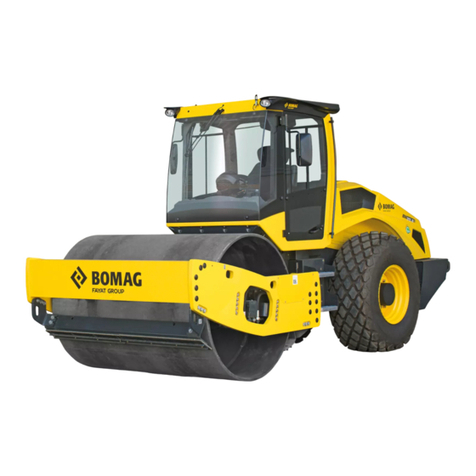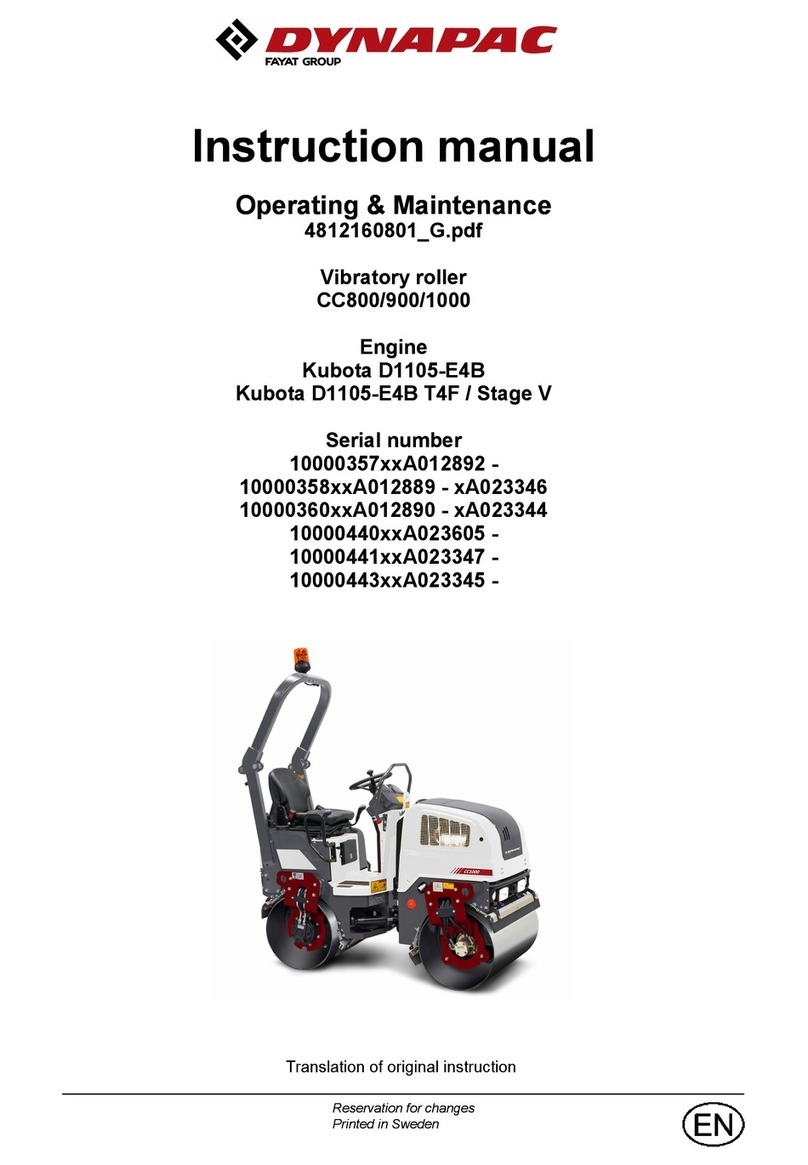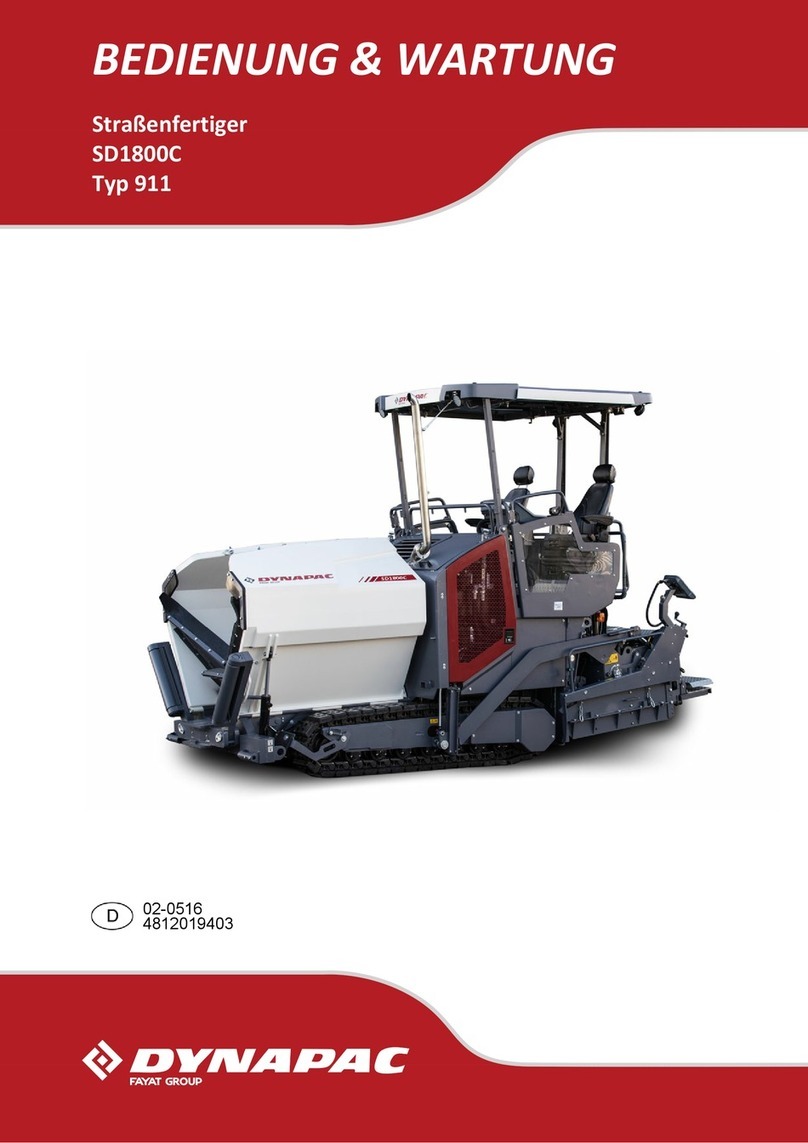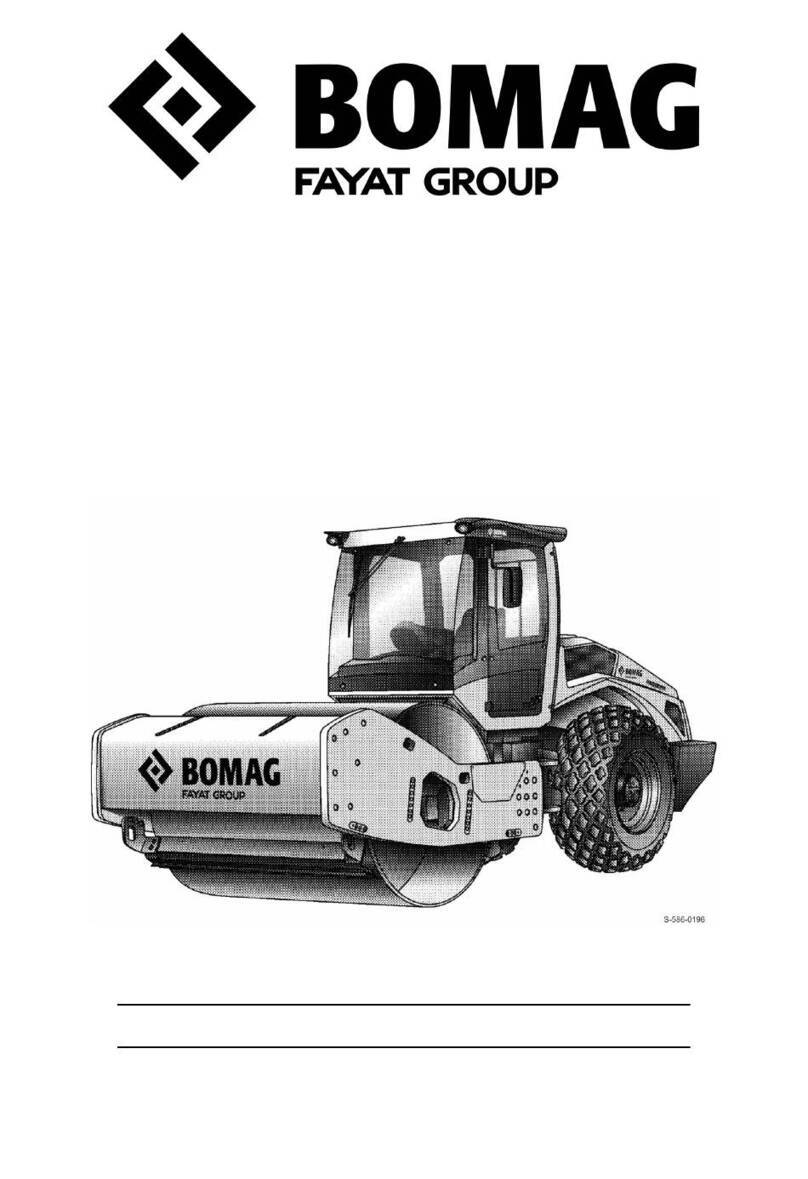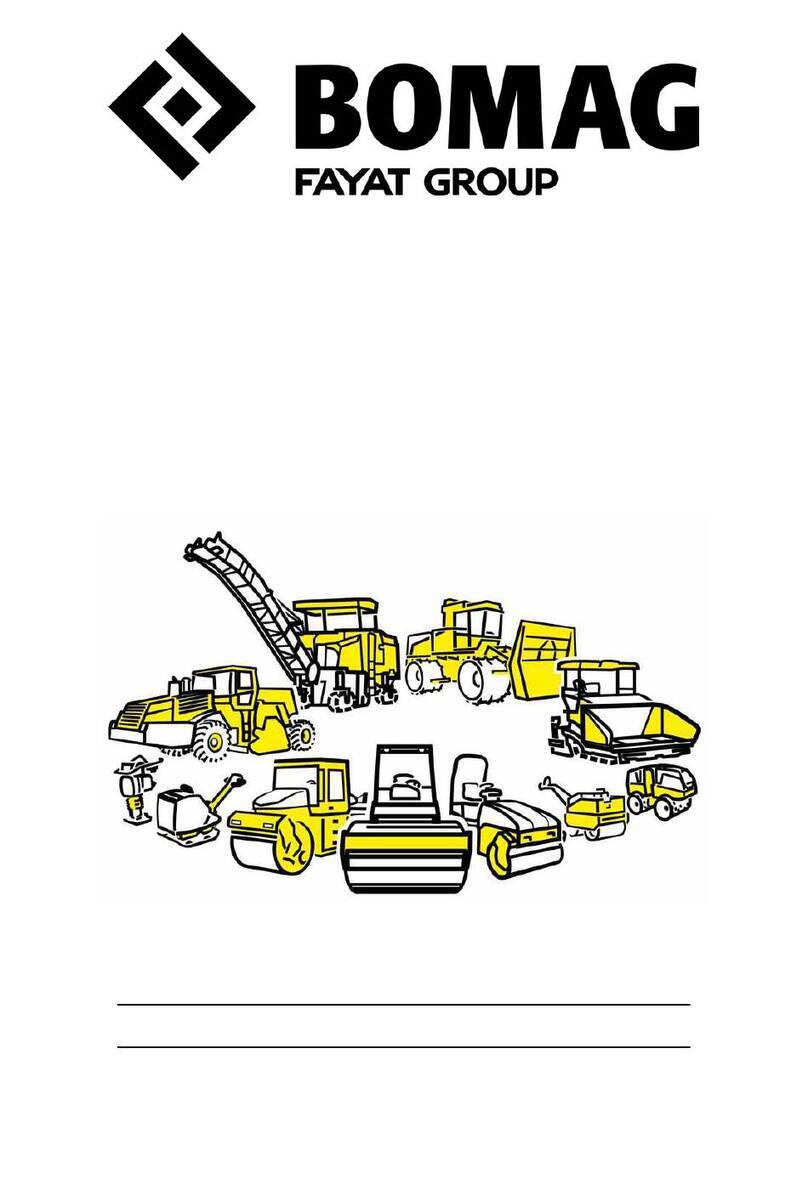
4.1.3 Telemecanique switch.............................................................................................................. 129
4.1.4 Deutsch plug, series DT and DTM........................................................................................... 131
4.1.5 Magnetic coil plug.................................................................................................................... 135
4.2 Overview of electric system..................................................................................................... 138
4.2.1 Driver’s stand, old version........................................................................................................ 141
4.2.2 Driver’s stand, new version...................................................................................................... 144
4.2.3 Wiring....................................................................................................................................... 147
4.2.4 CAN BUS overview.................................................................................................................. 158
4.2.5 Table of fuels and lubricants..................................................................................................... 160
4.3 Starting with jump wires........................................................................................................... 166
4.4 Central electrics........................................................................................................................ 167
4.5 Fuse assignment....................................................................................................................... 172
4.5.1 Central electrics....................................................................................................................... 173
4.5.2 Main battery fuse...................................................................................................................... 174
4.6 Description of electrical components..................................................................................... 175
4.6.1 Angle sensor on travel lever, B39............................................................................................ 175
4.6.2 Inductive proximity switch, B63................................................................................................ 177
4.6.3 Switching the vibration on, old version..................................................................................... 178
4.6.4 Switching the vibration on, new version................................................................................... 179
4.6.5 Switching the pressurized spraying system on, old version..................................................... 180
4.6.6 Switching the pressurized spraying system on, new version................................................... 181
4.6.7 Sensor, water in fuel filter, B124............................................................................................... 182
4.6.8 Engine oil pressure monitoring................................................................................................. 182
4.6.9 Coolant temperature monitoring............................................................................................... 182
4.6.10 Level sensor in diesel tank, R03............................................................................................ 183
4.6.11 Charge control light and operating hour meter....................................................................... 183
4.6.12 Glow plugs, R81, R82 & R83................................................................................................. 185
4.6.13 Engine solenoid, Y13............................................................................................................. 186
4.6.14 Instrument cluster, old version............................................................................................... 187
4.6.15 Instrument cluster, new version.............................................................................................. 189
4.6.16 Seat contact control............................................................................................................... 191
4.7 Repairs....................................................................................................................................... 192
4.7.1 Generator repair....................................................................................................................... 192
4.7.2 Repair of starter....................................................................................................................... 196
4.8 Inspection and maintenance work.......................................................................................... 202
4.8.1 Maintenance Table................................................................................................................... 202
4.8.2 Every 250 operating hours....................................................................................................... 202
4.8.3 As required............................................................................................................................... 204
5 Hydraulic system.............................................................................................................................. 207
5.1 Basic principles......................................................................................................................... 209
5.1.1 Open and closed hydraulic circuit............................................................................................ 209
5.1.2 Swash plate principle, pump.................................................................................................... 211
5.1.3 External gear pumps................................................................................................................ 212
5.1.4 Reversible external gear motor................................................................................................ 215
5.2 Overview of hydraulics............................................................................................................. 217
5.2.1 Pump overview......................................................................................................................... 219
Table of contents
BW 80/90 AD-5 / BW 100 ADM/ACM-5 / BW 90/100 SC-5 / BW 100 SCC-5
4
Find manuals at https://best-manuals.com
